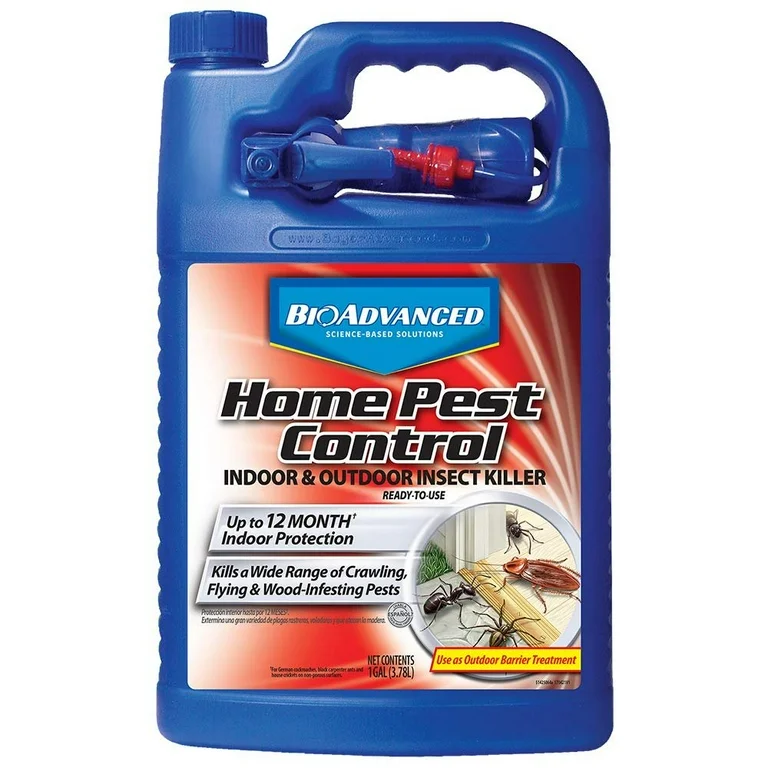Bed Bug Treatment Breakdown: Comparing Chemical Vs. Non-Chemical Solutions
In the realm of parasite control, particularly when managing the persistent problem of bed insects, the choice between chemical and non-chemical treatment remedies can be an essential one. Both strategies provide unique benefits and downsides, affecting factors such as efficiency, safety and security considerations, and total price. By taking a look at the nuanced information of each approach, a more clear understanding of which course to pursue in dealing with a bed insect problem can be obtained.
Effectiveness of Chemical Treatments
Chemical treatments for bed insect infestations have been commonly identified for their powerful and quick efficiency in eradicating these pests. When thinking about the performance of chemical therapies, it is crucial to understand that they can give a comprehensive and quick solution to a bed bug issue. Specialist exterminators usually depend on pesticides to target bed insects at numerous phases of their life cycle, including adults, nymphs, and eggs. These chemicals normally function by interrupting the bed insects' nervous system, resulting in paralysis and eventual death.
Additionally, chemical treatments have the benefit of supplying residual impacts, suggesting that they can remain to remove bed pests even after the first application. This recurring activity is particularly beneficial in combating any kind of potential re-infestations. Additionally, the quick action of chemical therapies can bring relief to individuals encountering serious bed pest infestations, permitting them to reclaim control of their home quickly.
Safety Interest In Chemical Solutions
When making use of chemical remedies for bed insect therapy is ensuring the safety of residents and the atmosphere,One essential element that needs cautious consideration. While chemical treatments can be efficient in removing bed insects, they may position dangers otherwise handled properly. Among the key security interest in chemical solutions is the potential injury they can create to human wellness. Direct exposure to specific chemicals utilized in bed bug treatments can result in respiratory issues, skin irritation, or various other damaging responses, particularly in individuals with pre-existing conditions or level of sensitivities. Additionally, improper application or dosage of chemical pesticides can result in poisonous deposits remaining in the treated location, presenting lasting health and wellness risks to occupants.
Additionally, the environmental influence of chemical services is an additional significant factor to consider. Some chemicals made use of in bed insect therapies may be harmful to beneficial bugs, wild animals, and environments if they leach into the soil or water supply. It is vital to make use of chemical therapies sensibly, adhering to safety guidelines, and taking into consideration much less toxic options to minimize these risks and make sure the effective and risk-free monitoring of bed pest problems.
Advantages of Non-Chemical Strategies
Considering the potential safety and security problems and environmental impact associated with chemical solutions for bed pest treatment, exploring non-chemical approaches provides an encouraging option with numerous unique benefits. Non-chemical therapies are environmentally friendly, as they do not add to air or water air pollution, making them a sustainable choice for parasite control.
Furthermore, non-chemical services can be efficient in targeting bed insects, consisting of hard-to-reach areas where chemical therapies may not pass through. Approaches such as heat therapy, vacuuming, vapor cleansing, and cushion encasements provide extensive weblink removal without using dangerous chemicals. Furthermore, non-chemical strategies can be much less turbulent, requiring very little prep work and enabling quicker reentry into dealt with areas. On the whole, choosing for non-chemical bed pest treatment techniques not just focuses on security and environmental management but additionally guarantees detailed and reliable pest control.
Limitations of Non-Chemical Treatments

Additionally, non-chemical therapies frequently need numerous applications to achieve successful obliteration. This can be lengthy and might not constantly guarantee total removal of all bed bugs and their eggs, especially in concealed or hard-to-reach areas.
Moreover, the success of non-chemical therapies heavily depends on correct execution and thoroughness, which can be challenging for people without specialist knowledge. Inadequate application of non-chemical techniques may lead to insufficient obliteration, causing relentless problems and the demand for additional treatments.
Consequently, while non-chemical treatments have their advantages, it is important to recognize these constraints and consider them when figuring out one of the most efficient method for managing bed insect problems.
Expense Comparison: Chemical Vs. Non-Chemical Options
Offered the restrictions connected with non-chemical treatments, an essential facet to review in the context of bed pest management is the cost comparison in between chemical and non-chemical alternatives. In contrast, non-chemical therapies like warmth treatment or steam can be more costly, with prices varying from $1,000 to $6,000 for a whole home. While the preliminary expense of chemical treatments might seem lower, numerous therapies might be needed to fully remove the invasion, possibly increasing the general price.
Verdict

Taking into consideration the prospective safety and security problems and environmental influence connected with chemical remedies for bed insect therapy, discovering non-chemical techniques presents an encouraging option with numerous distinctive advantages.Offered the constraints connected with non-chemical treatments, a vital aspect to evaluate in the context of bed click here for more info pest management is the expense comparison between chemical and non-chemical choices. In comparison, non-chemical therapies like heat therapy or heavy steam can be much more pricey, with prices varying from $1,000 to $6,000 for an entire home. While the initial expense of chemical treatments may appear reduced, numerous therapies might be required to fully eliminate the invasion, potentially enhancing the total price.In conclusion, when contrasting chemical and non-chemical bed insect treatment alternatives, it is vital to consider efficiency, safety, benefits, limitations, and price.
Comments on “A1 Bed Bug Exterminator Charlotte - Specialized Bed Bug Removal”